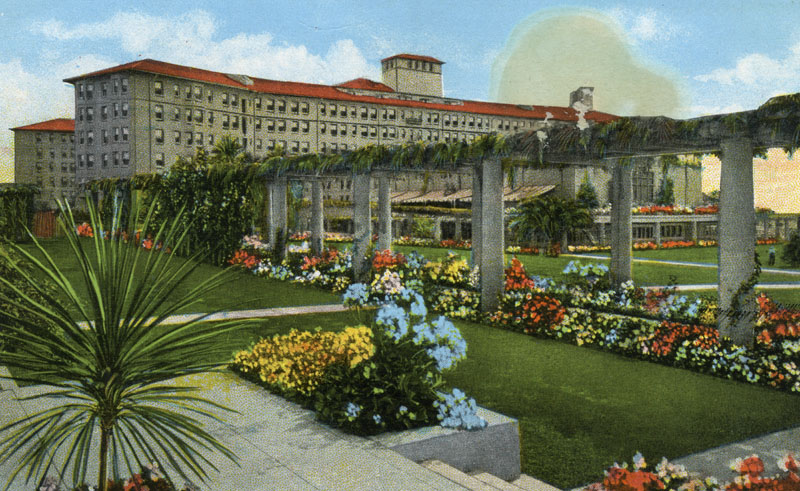
“Last Tuesday night, for the first time in 30 years, I found myself by one casual chance in a thousand on hand, in a small narrow serving pantry of the Ambassador Hotel in Los Angeles,” said a pained Alistair Cooke on his “Letter from America” broadcast of June 9th, 1968. He then vividly described that onetime playground of silver-screen royalty (and, from time to time, actual royalty) as “a place that I suppose will never be wiped out of my memory as a sinister alley, a roman circus run amok, and a charnel house” — the site, in other words, of the assassination of Sen. Robert F. Kennedy, five years after the similarly shocking murder of his brother, President John F. Kennedy, moments after his victory in California’s Democratic primary election.
Though it temporarily elevated that pantry into the canon of sacred American spaces, the bullet fired by young Palestinian radical Sirhan Sirhan ultimately killed not just Kennedy but the Ambassador Hotel itself. Already well past its glory days by the late 1960s, its decline hastened sharply thereafter until its demolition in 2005, sixteen years after its last guests checked out. Half a decade after that, the new complex of buildings newly risen on the Ambassador’s site opened its doors: the pharaonically expensive Robert F. Kennedy Community Schools, not just an educational facility, and not just a tribute to the slain dynastic politician, but a symbol of Los Angeles’ difficult search for coherence in both its architectural identity and its attitude toward the past.
Many still mourn the Ambassador, but who mourns the dairy farm the Ambassador itself displaced? When its construction began in the early 1920s, then marveled at by the Los Angeles Times as “the most stupendous hotel project in the history of the United States,” Wilshire Boulevard was nothing but a dirt road. To some Angelenos back then, its site three miles from downtown might as well have been 300 miles from downtown. But after the Ambassador opened its doors on New Year’s Day 1921, with its storied nightclub the Cocoanut Grove following a few months later, its presence (which one advertisement quoted pulp writer Gouverneur Morris describing as that of “a three-ring circus of indoor and outdoor amusements in a layout filled with happy conceptions”) helped turn Wilshire into the central economic artery of Los Angeles.
Read the whole thing at KCET.